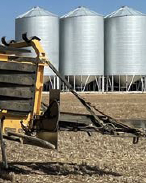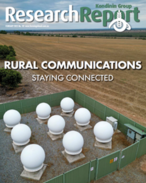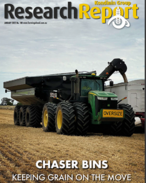This article is 1 year old. Images might not display.
The report notes while export conditions have improved, a slowing global economy combined with drier seasonal conditions are weighing on the outlook heading into the second half of 2023.
Rural Bank says agriculture has benefited from generally favourable seasonal conditions and strong production for the first half of the year with timely rainfall ensuring strong winter crop establishment and pasture growth, particularly on the east coast.
In terms of cropping, Rural Bank says winter cereal production in Australia is projected to fall from record highs under expectations of below average rainfall for winter and spring.
At present, wheat production is forecast to fall by 34 per cent to 26.2 million tonnes, slightly below the 10-year average.
Australian barley production is forecast to fall by 30 per cent to 9.9 million tonnes, around 11 per cent below the 10-year average.
The planting program has progressed well in most states after growers opted to utilise soil moisture from good rainfall received in March and April and sow the crop early.
Overall germination and crop establishment has been good, although dry conditions in parts of northern New South Wales has negatively impacted crops in the region.
For sheep, Rural Bank says the expansion mode of Australia's sheep flock is set to keep the industry in a high supply environment for the second half of 2023.
A larger than normal carryover of lambs from late 2022 saw lamb slaughter in the first quarter of 2023 up 12.5 per cent year-on-year. This strong start has continued in recent months with May seeing the highest weekly slaughter rates since May 2019.
Lamb supply is expected to come into closer alignment to trends from a year ago during the second half of 2023.
Drier conditions should also lead to a more even flow of lambs through spring and summer compared to the past 12 months when excessive wet weather disrupted supply trends.
The full report can be viewed here: https://bit.ly/44bdpu4






















